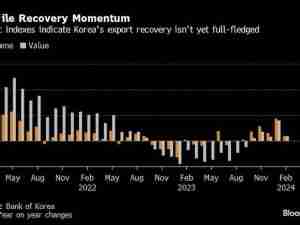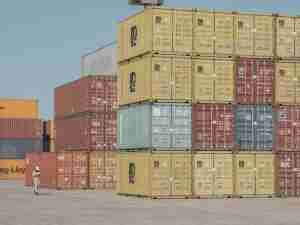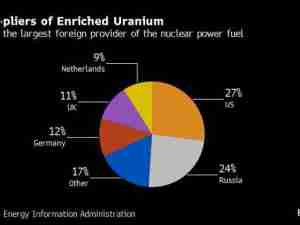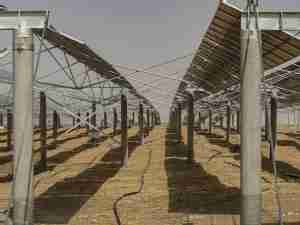Turkey’s economy capped its turnaround after a recession thanks to a mix of stimulus policies that combined interest-rate cuts and a spending splurge.
Gross domestic product rose faster than the highest forecast by economists last quarter as it grew 6% from a year earlier, up from 0.9% in the previous three months. The median of 19 estimates in a Bloomberg survey was for 5%. It grew a seasonally and working day-adjusted 1.9% compared with the third quarter, according to data released on Friday.
The annual acceleration matched the pace of expansion in China and fell just short of growth in the Philippines.
In other highlights from the data:
- Economic growth was driven by consumption. Households’ spending rose 6.8% and government expenditure rose 2.7% in the last quarter, compared with a year earlier.
- Exports grew 4.4% on an annual basis, down from 5.1% in the preceding three months. Imports jumped 29.3%, following a 7.9% expansion during the previous period.
- Gross fixed capital formation shrank for a sixth time on an annual basis. Last year’s lira depreciation hurt companies that borrowed in foreign exchange, and higher interest rates hit businesses that borrowed in the local currency.
“Authorities are prioritizing growth, which they should be able to achieve in the near term given the large range of fiscal, quasi-fiscal and monetary policy instruments available to them,” Goldman Sachs Group Inc. economists including Kevin Daly said in a note before the data release. “We think that this will come at a cost.”
Although Turkey succeeded in quickly moving past its first technical recession in a decade after a currency crash in 2018, it now risks sacrificing economic stability down the road. As gains in consumer spending and bank lending power the rebound, the current account swung back into deficit in the past two months of 2019 and inflation is on the rise.
The lira slipped on Friday to the weakest level since September 2018 and is one of this month’s five worst performers in emerging markets.
The challenge now is how to sustain enough momentum in the face of global threats such as the coronavirus outbreak, whose fallout is wreaking havoc on mobility and supply chains.
President Recep Tayyip Erdogan’s deepening entanglement in the conflicts in Syria and Libya presents another risk, as Turkey draws closer to a confrontation with Russia. On the domestic front, youth unemployment is hovering near record highs and political tensions are keeping the market on edge.
Authorities are relying on cheap credit to give the economy a shot in the arm. A new central banker installed by Erdogan in July slashed Turkey’s benchmark rate by 1,200 basis points by end-2019, a campaign that’s stretched into this year. The government has set a target of 5% for economic growth in 2020-2022.
The rapid-fire rate cuts have pushed down the cost of loans and deposits, and succeeded in boosting confidence. Industrial production rose on an annual basis for a fourth month in December after a decline uninterrupted for a year following the currency crisis in August 2018.
“Inevitably, as in the past, short-term gain leads to long-term pain in Turkey,” said Nigel Rendell, a senior analyst at Medley Global Advisors LLC in London. “The key issue now is whether this is a sustainable recovery or one that is engineered to show some impressive short-term growth figures.”







